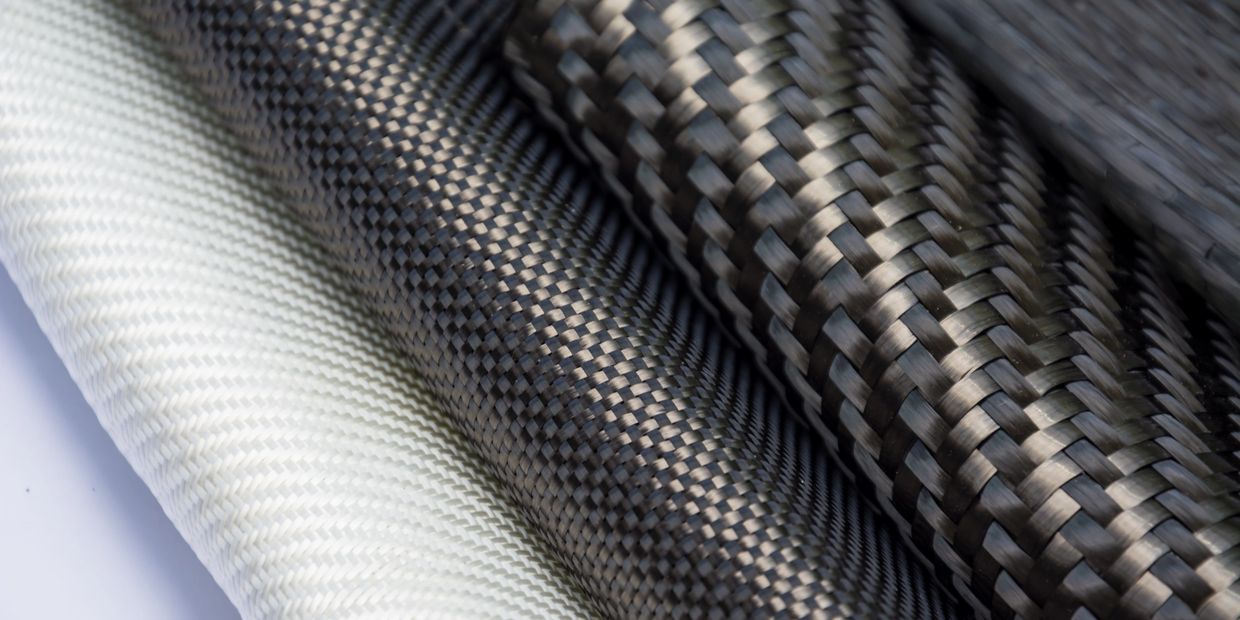
Advancements In Lightweight Aviation Composite Materials
Lightweight Composite Materials: Pioneering a New Era in Aerospace Innovation
Recent breakthroughs in lightweight composite materials are reshaping the aerospace industry, setting the stage for a future defined by greater fuel efficiency, enhanced structural integrity, and reduced environmental impact. As aviation moves toward a greener and more sustainable future, advancements in nanotechnology, carbon fiber reinforcement, and thermoplastic composites are at the forefront. These innovations are poised to transform both military and commercial aviation, offering profound implications for global competitiveness and regional stability.
Breakthrough Technologies: Carbon Nanotubes and Nanostitched Composites
One of the most significant advancements in composite materials is the incorporation of carbon nanotubes (CNTs) into polymer matrices. These nanotubes, which are stronger than steel but incredibly lightweight, are revolutionizing aircraft structures by enhancing their mechanical properties. Nanostitched polymer composites, which utilize CNTs to reinforce high-stress areas, provide superior resistance to cracking, thermal deformation, and mechanical fatigue. This allows engineers to produce lighter yet more durable aircraft structures that can withstand the harsh conditions of high-altitude flight and extreme temperatures. These materials are not only reducing the weight of aircraft but also enabling greater payload capacities and more efficient fuel consumption.
Fuel Efficiency and Environmental Sustainability
The integration of lightweight composites in aircraft construction has a direct impact on fuel efficiency, a critical concern in both military and commercial aviation. By reducing the overall weight of an aircraft, these advanced materials enable engines to burn less fuel, resulting in lower carbon dioxide emissions. Thermoplastic composites, in particular, are gaining popularity for their recyclability, allowing aerospace companies to align with global efforts to reduce environmental impact. These materials are also processed using out-of-autoclave (OOA) techniques, which require less energy than traditional methods, further enhancing their sustainability profile.
Military Applications and Regional Stability
In the realm of defense, the adoption of lightweight composites has significant implications for military strategy and regional security. Advanced fighter jets and unmanned aerial vehicles (UAVs) equipped with these materials can achieve superior maneuverability, higher speeds, and longer operational ranges. This technological edge enhances a nation’s military capabilities, contributing to shifts in regional power dynamics. For example, nations that invest heavily in these materials can gain a strategic advantage, prompting neighboring countries to accelerate their own aerospace advancements to maintain a balance of power.
Commercial Aviation: Redefining Air Travel
The commercial aviation sector stands to benefit enormously from these advancements. Aircraft manufacturers such as Boeing and Airbus have already incorporated composite materials into their latest designs, with more than 50% of the structure of aircraft like the Boeing 787 Dreamliner and Airbus A350 being composed of composites. These materials not only reduce fuel costs but also enhance passenger comfort by allowing for higher cabin humidity levels and larger windows due to the improved structural flexibility of composites. This shift in material use is expected to lower ticket prices in the long term as airlines benefit from reduced operating expenses.
Challenges in Composite Material Development
Despite the promise of lightweight composites, there are several challenges that must be addressed to fully realize their potential. One major hurdle is the development of cost-effective production methods. While current manufacturing processes for advanced composites are energy-intensive and expensive, ongoing research into automated fiber placement (AFP) and advanced resin transfer molding (RTM) is aimed at reducing production costs. Additionally, the need for improved recycling methods for thermoset composites remains a critical focus, as these materials are currently less recyclable than their thermoplastic counterparts.
Global Implications and Economic Impact
The global aerospace market is poised for significant growth as demand for lighter, more fuel-efficient aircraft continues to rise. The development and deployment of these materials are expected to generate substantial economic benefits, creating thousands of jobs in aerospace manufacturing and research and development. Moreover, nations that lead in the production of advanced composites will likely dominate the global aerospace industry, exerting considerable influence over international aviation standards and regulations. This leadership in aerospace innovation not only strengthens national economies but also enhances global competitiveness.
Conclusion: The Future of Aerospace Innovation
Advancements in lightweight composite materials are redefining the future of aviation, offering unprecedented opportunities for innovation, efficiency, and sustainability. As the aerospace industry continues to push the boundaries of what is possible, the integration of these cutting-edge materials will play a critical role in shaping the next generation of aircraft. From enhancing military capabilities to transforming commercial air travel, the implications of these advancements are vast and far-reaching, promising a future where flight is more sustainable, economical, and technologically advanced than ever before.
Get Involved with Runway Report Newspaper
Interested in becoming a part of our team? We are always looking for talented writers, photographers, and editors to join us in our mission to provide high-quality journalism to our readers. Contact us today to learn more about how you can get involved.
Subscribe
This website uses cookies.
We use cookies to analyze website traffic and optimize your website experience. By accepting our use of cookies, your data will be aggregated with all other user data.